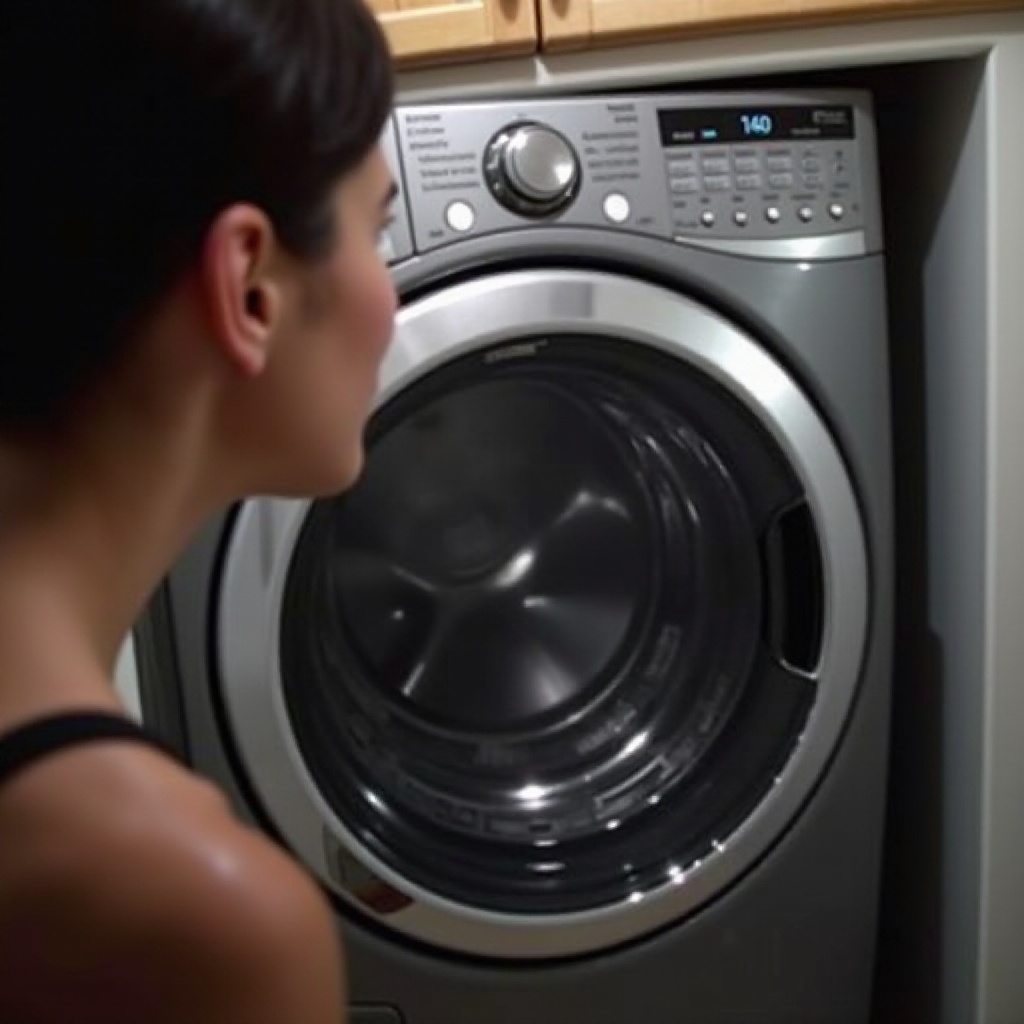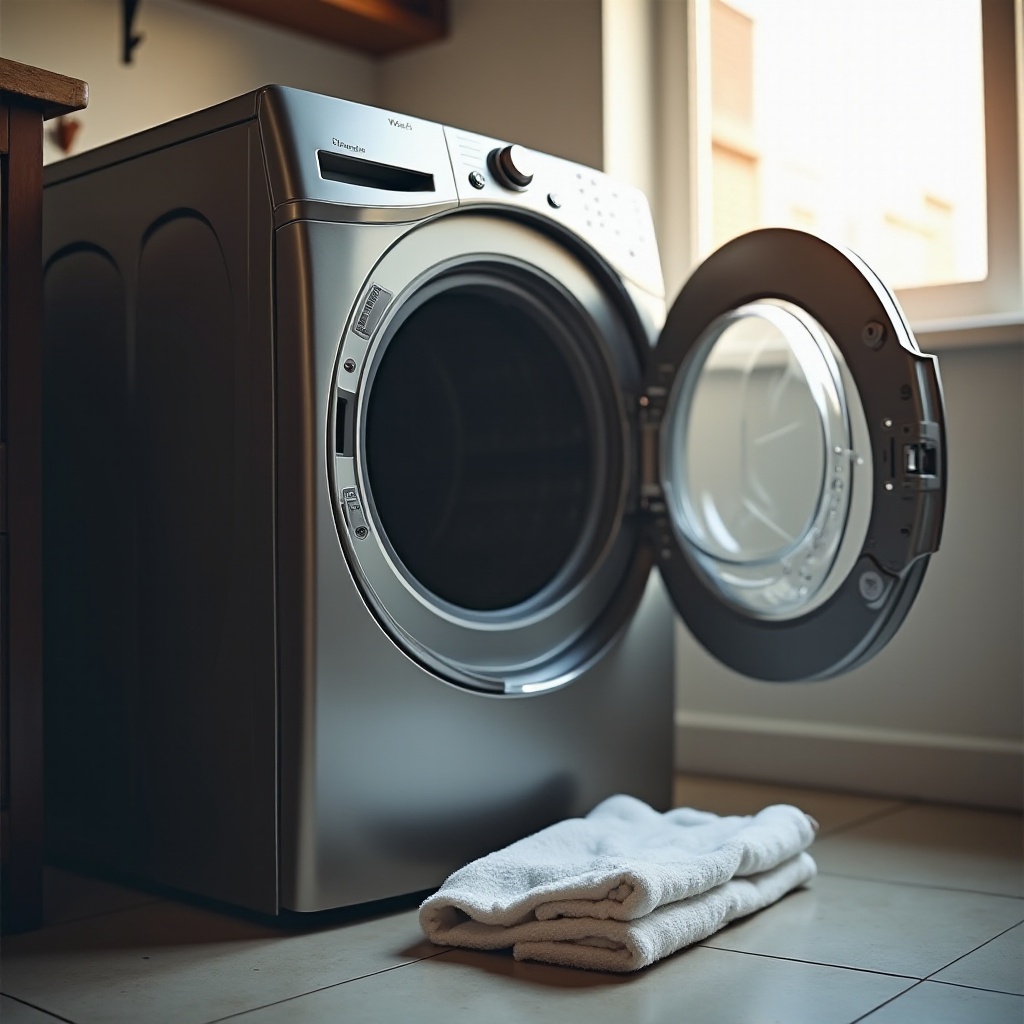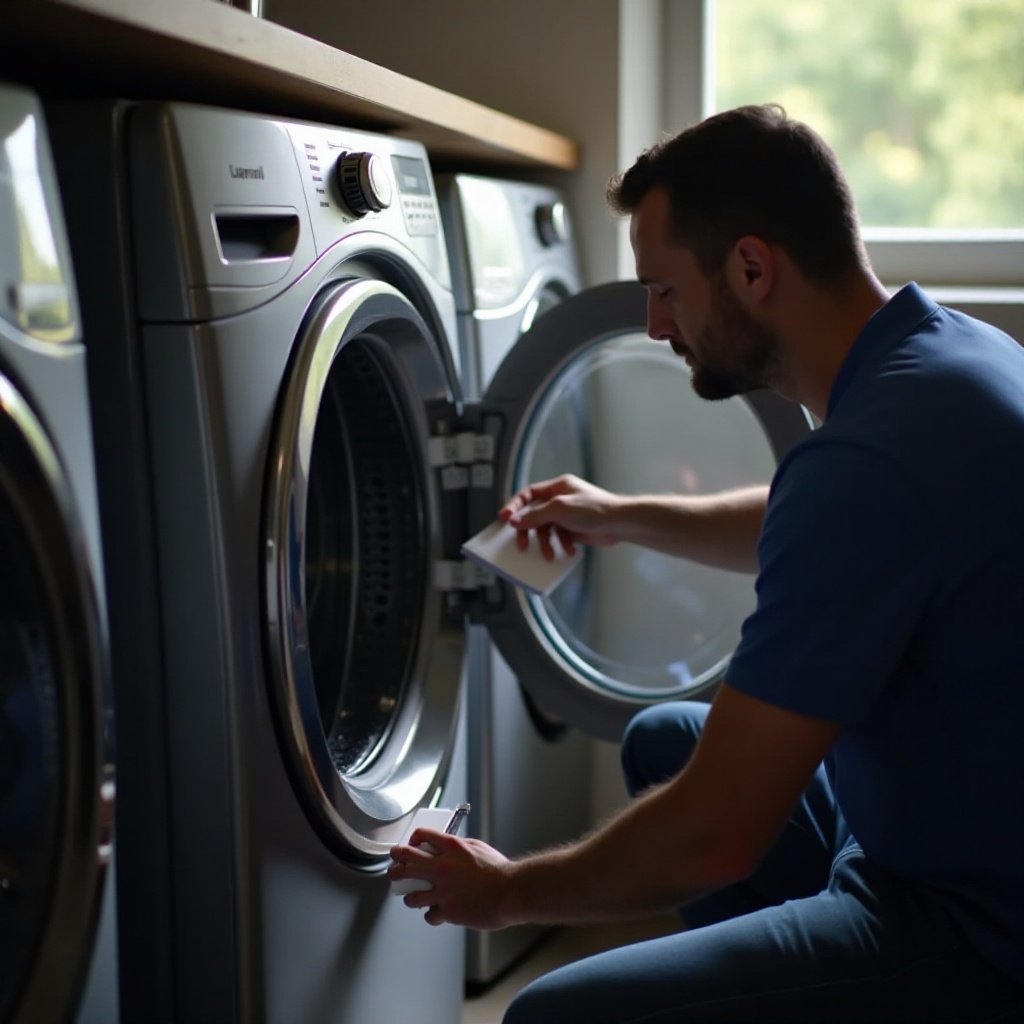Introduction
Experiencing a Whirlpool dryer that sporadically stops and starts is both frustrating and disruptive. This common problem can originate from various sources, ranging from simple maintenance oversights to more intricate mechanical failures. Knowing how to identify these issues and apply appropriate solutions is essential for any dryer owner. This comprehensive guide offers insights into frequent causes and provides practical solutions to ensure your dryer operates efficiently.

Common Reasons Your Whirlpool Dryer Stops and Starts
Several factors might cause your Whirlpool dryer to stop and start unexpectedly. Pinpointing the issue is crucial for addressing it effectively.
Blocked or Dirty Ventilation System: A clogged vent not only hampers the dryer’s performance but also increases the risk of fire. Debris accumulation restricts airflow, prompting the dryer to shut down as a safety measure.
Faulty Thermal Fuse: The thermal fuse is designed to prevent overheating by cutting the power when temperatures rise too high. A faulty fuse may lead to the dryer stopping unexpectedly.
Overloaded Dryer: Overloading your dryer places excessive strain on the motor, which can lead to overheating and unplanned stops as the machine protects itself.
Electrical Issues: Unstable electrical connections or a tripped circuit breaker can disrupt power flow, causing the dryer to stop unexpectedly.
By understanding these common causes, you can begin diagnosing the problem and implementing the appropriate fixes.

Step-by-Step Guide to Diagnosing the Problem
Identifying the cause of the problem through careful inspection is the first step in troubleshooting your dryer.
- Checking the Ventilation System:
- Disconnect the dryer and examine the ventilation path for obstructions.
Use a vacuum or vent brush to remove any blockages.
Inspecting the Thermal Fuse:
- Unplug the dryer and locate the thermal fuse, typically situated on the blower housing or near the heating element.
Use a multimeter to check for continuity. Replace the fuse if there is no continuity.
Evaluating the Load:
- Ensure the dryer isn’t overloaded by removing some items and running a test cycle.
Follow the user manual’s recommendations for load sizes.
Testing Electrical Connections:
- Examine the power cord for any damage or wear.
- Verify that the circuit breaker hasn’t tripped and reset it if necessary.
Diagnosing the problem correctly ensures that you take the correct steps to resolve the issue efficiently.
Solutions You Can Implement at Home
After identifying the problem, you can apply various solutions to fix the dryer without the need for professional help.
- Cleaning and Maintaining the Ventilation:
Regularly clean the vent to ensure unobstructed airflow. Check for debris buildup at least every six months as part of routine maintenance.
Replacing the Thermal Fuse:
If the thermal fuse is faulty, replace it with a new one from a trustworthy supplier. Confirm that the dryer is unplugged before replacing the part.
Proper Dryer Loading Techniques:
Avoid overloading your dryer by adhering to recommended load sizes. Organize clothes by fabric type and weight to reduce strain on the machine.
Addressing Electrical Concerns:
- Ensure all connections are secure, and try a different outlet if electrical issues persist. Seek professional assessment for ongoing safety concerns.
Implementing these solutions will help maintain your dryer’s performance and prolong its lifespan.
When to Seek Professional Help
While many dryer issues can be resolved independently, certain circumstances warrant expert intervention.
- Identifying Serious Mechanical Failures:
If problems persist after troubleshooting, it may indicate significant mechanical issues that require professional diagnosis and repair.
Safety Concerns During Repairs:
- Handling electrical repairs can be risky. If you are uncomfortable with these tasks, contact professionals to ensure safety and proper correction.
Professional help should be sought when your attempts do not resolve the problem or when repair expertise is beyond your capacity.
How to Prevent Future Issues
Preventative measures and proper usage can avert many dryer problems.
- Regular Maintenance Tips:
Schedule frequent inspections and cleanings for your dryer. Ensure vents are clear, components function well, and replace worn parts promptly.
Best Practices for Everyday Use:
- Clean the lint trap after each use. Avoid drying conductive items like rubber or plastic, which could impair performance and damage components.
- Operate your dryer according to the manufacturer's guidelines for optimal performance.
Through prevention and proper use, you can ensure consistent and long-lasting dryer operation.

Conclusion
A Whirlpool dryer that stops and starts can be a source of frustration, but understanding the underlying issues and following a systematic troubleshooting approach aids in resolving these problems effectively. Regular maintenance and adherence to usage best practices will ensure reliable dryer performance and extend its operational life. If issues persist, do not hesitate to seek professional assistance for your safety and peace of mind.
Frequently Asked Questions
Why does my Whirlpool dryer keep stopping mid-cycle?
This could be due to a blocked vent, a faulty thermal fuse, or an overloaded machine. Diagnosing the specific cause will help in fixing the issue.
Can a dryer vent cause my dryer to stop and start?
Yes, a blocked or dirty vent restricts airflow, causing the dryer to overheat and shut off as a safety precaution.
Is it safe to troubleshoot electrical issues on my own?
Basic checks are safe, but complex electrical repairs should be handled by professionals to avoid safety hazards.
